Mirror Practice

One the most commonly utilized tools for practicing magic is our good old friend, the mirror. The mirror sees all, silently watching, and reflecting back upon us: judging us and praising us. Whatever we put before it, it presents back a reversed, perfect picture of our skill! Or does it?
Sometimes the mirror lies. But the problem I believe is not the tool… rather the user.
Here are four Mirror pitfalls that can deceive us while practicing our visual wonders:
1. The mirror reflects the performer’s view point, not what the audience sees. There has been trend in recent sleight of hand where the move has become the magic. In other words, sleights that were once designed to be used in the invisible moments now have blatantly become the magic moment.
Using quick movements, such as snapping motions and adding elastic threads to props, rapid fire sleights have become the actual effects! Stunning vanishes and appearances of small objects are all the rage. (The classic Retention Vanish of a coin can be seen as a precursor example of this. Or in card magic, think of the Snap Change.)
We are creating extra visual, live special effects with our moves. Trésor is a documentary of sorts, full of easy to perform moves like this. I believe we are evolving our performance in response to the CGI we see in the movies.
All of this is exciting for Magic in my opinion, but our friend the mirror is much older than these flashy moves. Mirror does not know these new sleights that often require different angles. (That was said tongue in cheek, I’m afraid it’s the performer who does not know the angles.) A magician can make perfect moves through the looking glass, which will reflect back the pure genius fruits of his creativity. But to a live audience that is sitting at the wrong angle, the secret to a genius effect can stick out like a brightly colored birthday card placed in the sympathy section. Beware!
Solution: Take a step back from the mirror, see if the move looks good from a broader angle. Use multiple mirrors to see different viewpoints.
2. The mirror gives instant feedback, not delayed feedback. The mirror is only good in the exact instant of the move. You may replay the way the move looked in your mind, but you may also misremember and lie to yourself.
Solution: Try practicing in slow motion and stopping at key points. Make a visual sweep around every angle and look at every hand position to see if it looks clean and natural. Fix each issue. Don’t forget to speed your performance back up to a normal, unsuspicious pace. You should never change pace, slower or faster, to execute a secret move in performance!
3. The mirror is only as good as your eyes. It never blinks, you do. So if you blink or tend to get tense before a sleight, you could blur your vision just enough to make something bad look acceptable. Funny as it may seem, it is even possible to train yourself to blink at the right time to make something look great! If you do this, consider also training your different audiences to blink in synchronization for you to hit the move each time… haha!
Solution: Use a clean mirror. Seriously, smudges detract light and hide errors. And know your body. If you feel tension building around a sleight, train yourself to relax. Please note, you must be relaxed during the whole performance, unnaturally relaxing just before a move could create a different tell. I believe, more than practicing being relaxed, practice being confident.
4. The mirror teaches us to look at our hands, not our audience. You can always tell a young magician who doesn’t perform much for real people. They stare at their hands intently while they perform. Maybe because they practice while staring at their hands. Eye contact is natural and creates misdirection away from the secret. Hand staring is unnatural in almost any profession, it conveys nervousness, and it directs people toward the secrets in sleight of hand.
Solution: Your practice must move beyond the mirror. You will not have a silver backed pane of glass in front of you when you get out to perform. So, once you get the move down, leave the mirror and practice in front of empty chairs or stuffed animals in chairs sitting at the correct eye level of a real audience. Practice the interaction. And then of course, move on to live performances for real feedback and growth!
An obvious solution to many of these pitfalls is the use of the video camera. Recording our practice gives us an audience perspective! Almost all of us have recording capabilities on our cell phones nowadays.
Video recording your practice is wonderful, but it’s laborious to rewatch, time consuming, and has it’s other faults, too. We’ll discuss all pros and cons of that soon enough! But don’t loose sight of the importance of classic mirror practice. Correct mirror practice moves quickly and can give you the necessary reps to get that muscle memory in shape! Don’t overlook the mirror.
Do you have any other mirror practice pitfalls or stories to share?
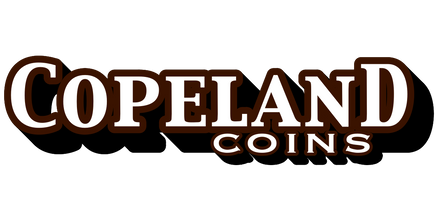

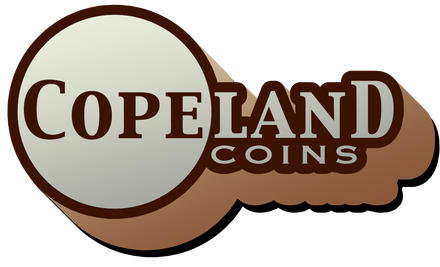


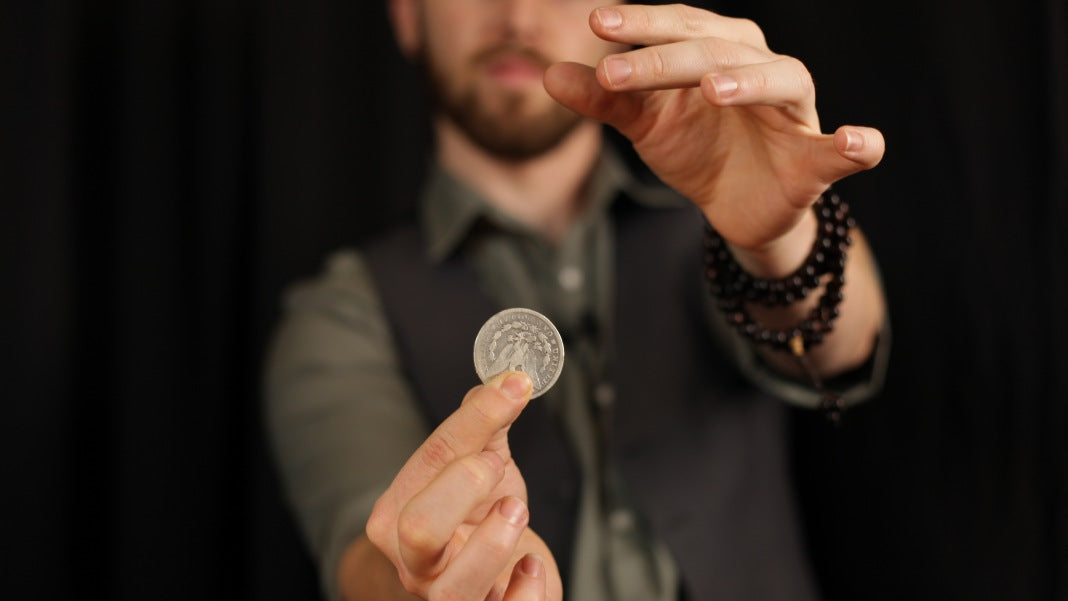
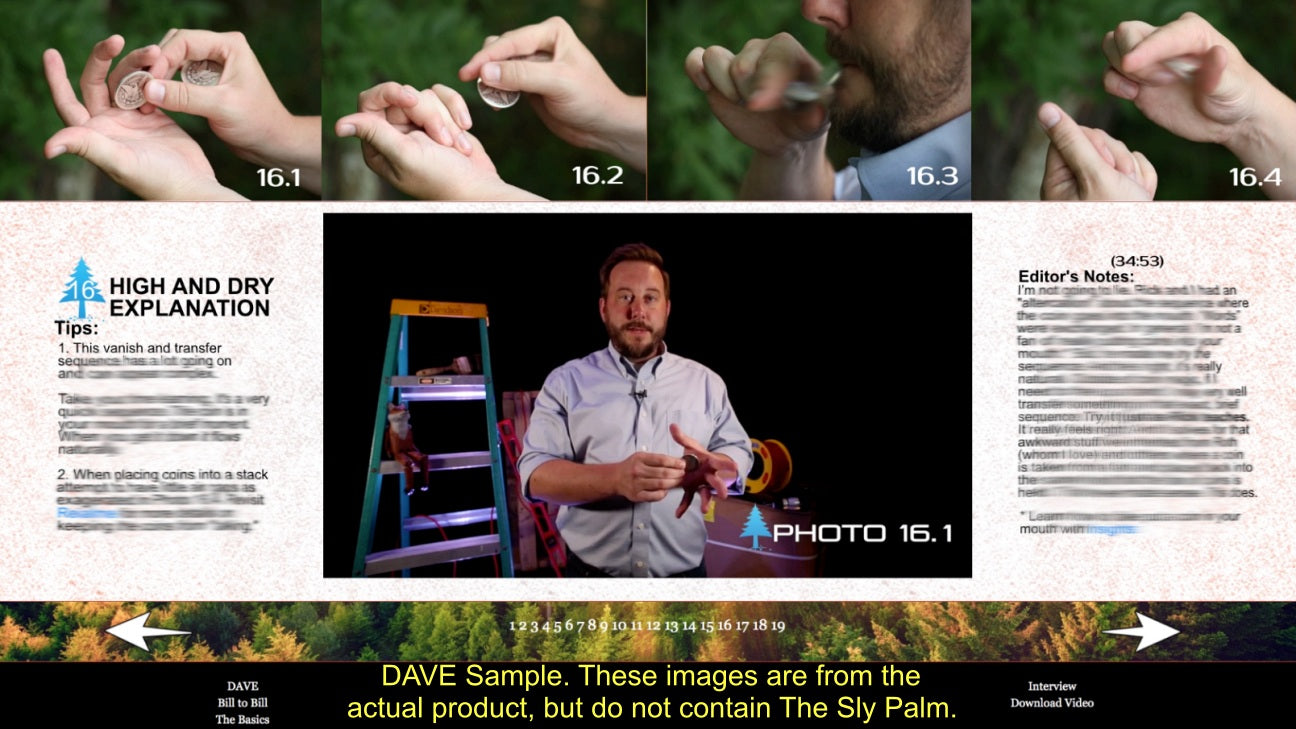


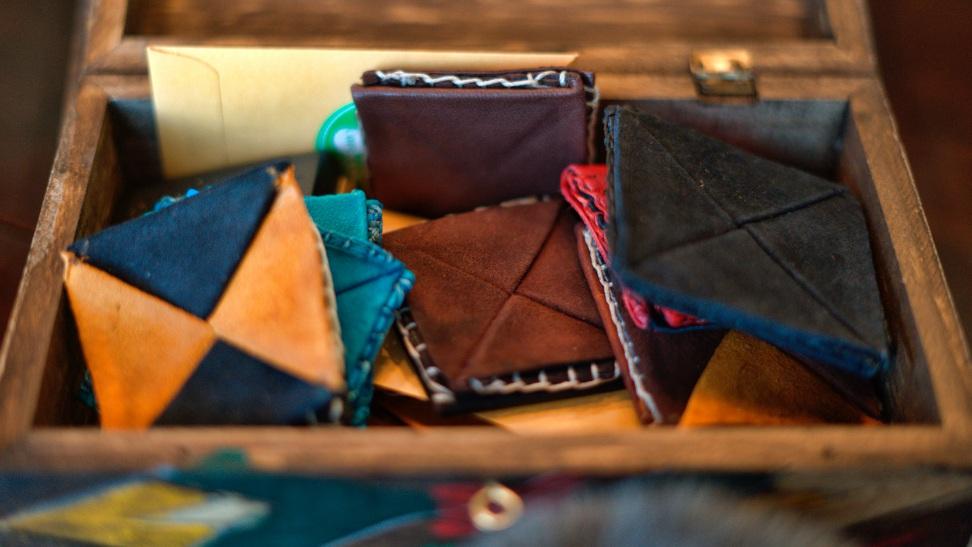

HOW I RECOVER $850 FROM FAKE INVESTMENT BROKER ONLINE
I’m grateful to THE HACK ANGELS RECOVERY EXPERT for helping me recover my stolen Bitcoin. After losing funds to a fake platform, I felt hopeless. I am deeply grateful for their support. If you have fallen victim to a Bitcoin scam or any other form of cryptocurrency fraud, don’t give up. Reach out to THE HACK ANGELS RECOVERY EXPERT Contact:
WhatsApp (+1(520)200-2320
Email at support@thehackangels.com
Website at www.thehackangels.com
If you’re in London, you can even visit them in person at their office located at 45-46 Red Lion Street, London WC1R 4PF, UK.
HOW I RECOVER $850 FROM FAKE INVESTMENT BROKER ONLINE
I’m grateful to THE HACK ANGELS RECOVERY EXPERT for helping me recover my stolen Bitcoin. After losing funds to a fake platform, I felt hopeless. I am deeply grateful for their support. If you have fallen victim to a Bitcoin scam or any other form of cryptocurrency fraud, don’t give up. Reach out to THE HACK ANGELS RECOVERY EXPERT Contact:
WhatsApp (+1(520)200-2320
Email at support@thehackangels.com
Website at www.thehackangels.com
If you’re in London, you can even visit them in person at their office located at 45-46 Red Lion Street, London WC1R 4PF, UK.
I was recently scammed out of $53,000 by a fraudulent Bitcoin investment scheme, which added significant stress to my already difficult health issues, as I was also facing cancer surgery expenses. Desperate to recover my funds, I spent hours researching and consulting other victims, which led me to discover the excellent reputation of Capital Crypto Recover, I came across a Google post It was only after spending many hours researching and asking other victims for advice that I discovered Capital Crypto Recovery’s stellar reputation. I decided to contact them because of their successful recovery record and encouraging client testimonials. I had no idea that this would be the pivotal moment in my fight against cryptocurrency theft. Thanks to their expert team, I was able to recover my lost cryptocurrency back. The process was intricate, but Capital Crypto Recovery’s commitment to utilizing the latest technology ensured a successful outcome. I highly recommend their services to anyone who has fallen victim to cryptocurrency fraud. For assistance contact Recoverycapital@fastservice.com and on Telegram OR Call Number +1 (336)390-6684 via email: Capitalcryptorecover@zohomail.com you can visit his website: https://recovercapital.wixsite.com/capital-crypto-rec-1
PROFESSIONAL CRYPTO RECOVERY EXPERT→THE HACK ANGELS
I want to use this Medium to say big thanks to THE HACK ANGELS RECOVERY EXPERT for helping me recover my stolen crypto worth $960,000 through their hacking skills. I tried it. I was skeptical but it worked and I got my money back. I lost access to my digital wallet and lost all my crypto assets. I was devastated and felt like the world was pulling down on me. I had no idea of how to get back access to my crypto assets and gave up trying to get it back. I was scrolling through the internet and saw a post about a Crypto recovery company that goes by the name THE HACK ANGELS RECOVERY EXPERT. I didn’t hesitate to contact them and provided them with all the information. Throughout the process, communication was essential, and frequent updates gave much-needed transparency and assurance. They have a track record of successful cryptocurrency recovery, the firm has assisted several clients in recovering their lost or stolen digital assets. I highly recommend their services if you ever need a professional and reliable crypto recovery team.
You can contact them through their hotline at (support@thehackangels.com) They also have a great website at (www.thehackangels.com)
WhatsApp +1(520)200-2320)
I promised to give back a review on their wonderful job well done
FRESH FULLZ USA UK CANADA GERMNAY ITALY SPAIN
REAL DL SCAN FRONT BACK WITH SELFIE
What’s App = +1.. 727.. 788… 6129…
Tele Gr@m = @ killhacks OR @ leadsupplier
Skype = @ peeterhacks
E mail = hacksp007 at g mail dot com
SSN DOB DL ADDRESS PHONE EMAIL FULLZ
NIN DOB ADDRESS SORT CODE & ACCOUNT NUBER FULLZ
SIN DOB ADDRESS MMN PHONE EMAIL
DL FRONT BACK WITH SELFIE & SSN
CANADA UK RU FR IT DE DL FRONT BACK
BUSINESS EIN COMPANY FULLZ
YOUNG & OLD AGE FULLZ
HIGH CREDIT SCORES FULLZ PROS
FULLZ WITH MVR
TAX RETURN FILLING & KYC STUFF FULLZ
PAYDAY LEADS & LOAN LEADS
SWEEPSTAKES & COMBOS
BULK FULLZ AVAILABLE
PASSPORT PHOTOS WITH SELFIE
W-2 FORM WITH DL FRONT BACK
#usafullz #ssndobdl #ukfullz #ninfullz #canadafullz #sinfullz
#cccvvshop #dumpscvv #fullzusauk #fullzdlssn #einfullz
#sellssnfullz #w2formusa #highcspros
Many other stuff available fresh sp@mmed
Guaranteed & verified fullz
Replacement will also be provided for invalid or bad fullz
Available all day 24/7
Leave a comment